Last updated on July 15th, 2022 at 04:07 pm
- One of the fastest EVs on the road
- Dual-motor cars have exceptional range
- Lots of autonomous driving abilities
- Minimalist interior won’t please everyone
- No dashboard display
- Not a hatchback, reducing boot utility
Range (WLTP): 267 - 360 miles Top Speed: 140-162mph 0 to 60: 3.1 – 5.3sec Cost/Mile (@14p/kWh): 2.83 – 3.16p
Introduction
Tesla never rests on its laurels. There have been over 70 software improvements to the Model 3 since its launch in 2017. But the latest release is a larger upgrade than mere software. There are some cosmetic changes both outside and in, plus one big change that makes the 2021 edition of the Model 3 a more major step forward over the original version. The Model 3 has already sold 650,000 units worldwide, putting it ahead of the Nissan Leaf, which is just about to celebrate its tenth anniversary. The 2021 updates keep Tesla comfortably ahead.
Price and Options
There’s no change in price for the new Model 3, and there are still the same three models to choose from. The Standard Range Plus starts at £40,490, the Long Range is £46,990, and the Performance £56,490. These prices all include the £3,000 UK government plug-in grant, except for the Performance, which is too expensive to qualify for it. The base mode is rear-wheel-drive and has a 54kWh battery, while the other two models are all-wheel-drive with a 79.5kWh battery. The motor power is different across all three cars, with the Standard Range Plus offering 283hp, the Long Range 346hp, and the Performance 450hp.
There isn’t a huge range of choices beyond the three basic types, with one of the simplest online configurators on the market. All cars have a base white paint colour, but you can choose black, grey, blue for £1,000 extra, although red costs £2,000. The Standard Range Plus and Long Range come with 18in Aero wheels as standard, but you can choose 19in silver Sport wheels for an additional £1,450. The Performance only comes with 20in wheels, and these are now a new Uberturbine design, rather than the previous Gray Performance versions. We think the latter looked better, but the Uberturbine are allegedly more efficient, extending range. You can specify a tow bar for the Standard Range Plus or Long Range for £1,000 extra.
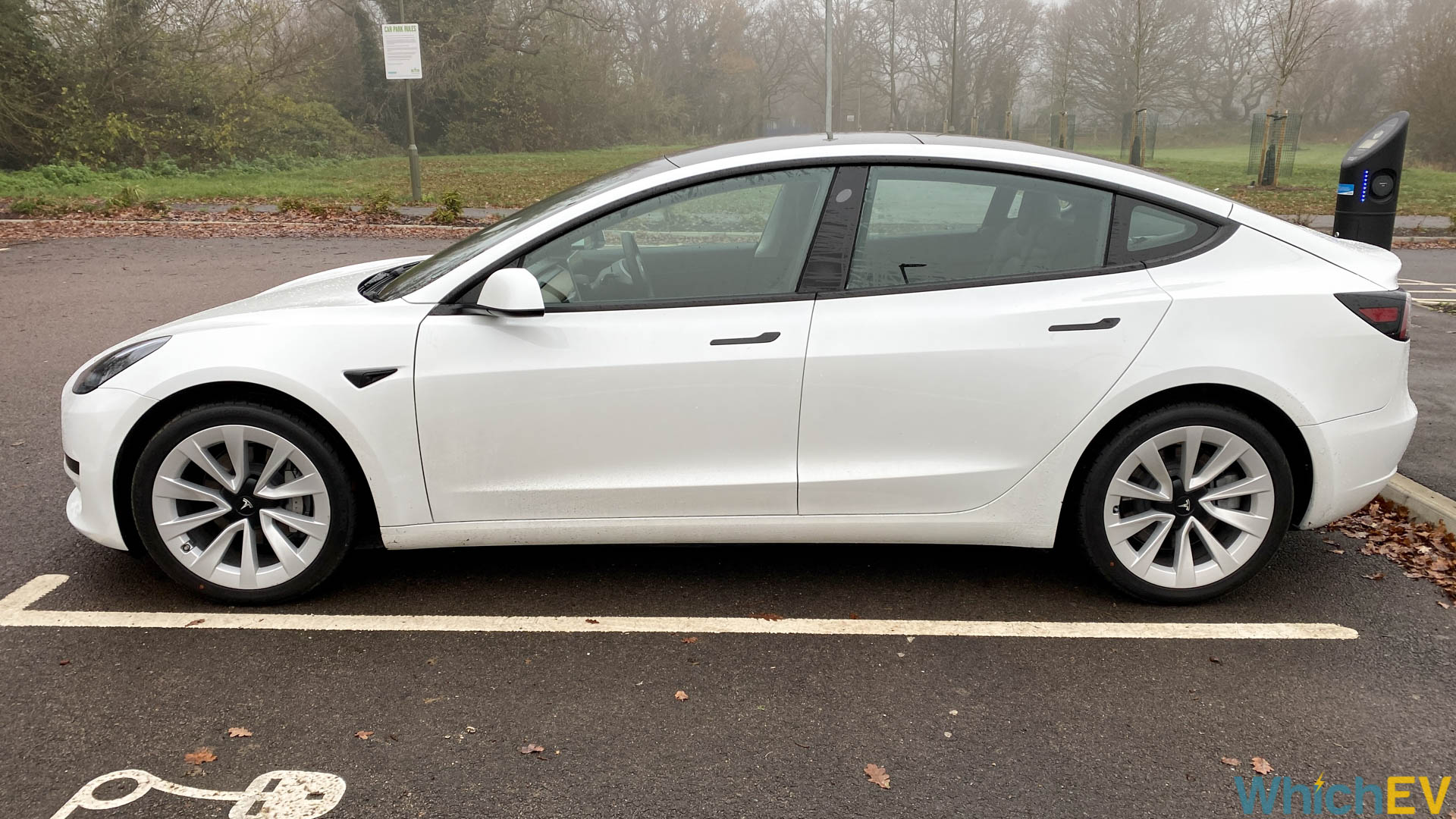
The Standard Range Plus has no choice of interior, just the black Partial Premium black. The other two models have a Premium version of this black trim, but this can be upgraded to black and white for £1,000 more. Your final choice is whether to go with the base Autopilot or add Full Self-Driving Capability for a princely £6,800 more. The latter is a bit of a bet on future possibilities, because its full functions are yet to be released. However, it’s worth noting that all cars have the radar, eight cameras, 12 sonar sensors and computer necessary, so you can add the software later – albeit for even more than buying it at the start.
The big new addition with the 2021 Model 3 is the inclusion of a heat pump. It’s hardly an original feature, with quite a few EVs now including this. However, when the Model Y arrived with one, it certainly made Model 3 owners jealous. If you don’t know what a heat pump is, it is essentially a refrigeration device acting in reverse. Instead of extracting heat from inside a fridge and ejecting it out the radiator on the rear, it extracts warmth from the air outside the car and radiates it inside, which is much more efficient than a heating element and reduces battery drain in cold weather.
Exterior Design
Tesla hasn’t changed the shape of the new Model 3, but it has made some more subtle alterations that most people will appreciate. Chief amongst these is the “chrome delete”, which quite a few Model 3 owners have performed for themselves. Although chrome trim around windows and other external features is a common design feature on premium cars, this is now matt black on the Model 3. Even the door handles are now black. You can’t see this, but the windows are double glazed as well.
The end result of the chrome deletion is a slightly more mature appearance. The body shape and general design are the same, however. The general consensus is that it’s not exactly pretty, although this does depend on your colour choice. The Model 3 design has been guided by aerodynamics, with a 0.23 dag coefficient – which is one of the lowest of any production car. The Porsche Taycan Turbo has 0.22, but a 911 is more like 0.33. So the Model 3 is a very slippy car.
Unlike the Model S and Model X, the Model 3 doesn’t have doors that unlock automatically as you approach. Instead, you have to touch the credit card key to the B pillar to open the car. You can set up keyless entry with your phone or buy a key for £140, but this feels like a lack in luxury, although the poor security reputation of Teslas means this could be a blessing in disguise. Either way, you have to push the flush doorhandles in at one end to open the door and then pull.
Interior Comfort
Tesla gets a lot of criticism for its interiors, particularly in the Model 3. Some people like the minimalism, but most would prefer a bit more tradition and more discrete controls for everyday functions. The basic black seats are the same with the Partial Premium interior of the Standard Range Plus and the Premium interior of the other cars. They look a bit like leather but are actually a synthetic material. The brown wood veneer dashboard trim that goes with this choice is a little odd, and some people choose to wrap it with black or carbon fibre lookalike instead.
The £1,000 white seat alternative option for the Long Range and Performance swaps the wood for black. Whichever interior option you go for, the front seats are 12-way adjustable and heated. They are comfortable and have plenty of room for tall people, although the headroom isn’t as much as SUV-style EVs like the Kia e-Niro. There’s a memory function, but this is tied to profiles that are, like most other things, only accessible via the central LCD panel.
Tesla has mildly updated the interior with the 2021 edition, primarily around the central console. Instead of having a glossy black finish, this is now matt and has stitching along the edge that adds some extra class. Tesla had added the wireless phone charging from the Model Y already, but this was a standard plug-in accessory rather than fully integrated. Now the dual charger is built in and has no cover. This means the space underneath is lost. The dual cupholders and armrest with cubby remain the same (with a slight style change to the cupholders). But the cubby in front of the cupholders now has a sliding door rather than a tilting one.
The outer rear seats are comfortable and have a decent amount of space too. With the Long Range and Performance, they’re heated, too, as is the smaller middle seat. However, they don’t have their own controls to turn this on – someone in the front will have to do this via the LCD. The middle seat is too narrow for long journeys, but if you only have two passengers the back can be folded down to reveal an armrest with a couple of integrated cupholders. There are central air vents for the rear passengers and a couple of USB C ports for them to charge their devices, too.
Storage and Load Carrying
One criticism we’ve always had of the Model 3 is that it’s not a hatchback. The boot is large, with a 425-litre capacity and extra space underneath the boot floor, but you only have a small opening to get into it. The 2021 model now has a powered boot release, which is a step forward, but it’s still a regular saloon opening. You can drop the rear seats forward with a 60/40 split, making a sizeable 1,140-litre space, which is plenty of room and the surface is flat.
However, even though the Polestar 2’s boot is a bit smaller than the Model 3’s, the fact that it’s accessed via a hatch makes it a bit more practical. Due to the heat pump at the front, the frunk is a little smaller in the 2021 Model 3 as well, although it’s still useful. The £1,000 tow bar is the same price as the Polestar 2’s, but this doesn’t drop down automatically, instead needing to be attached underneath after unscrewing and removing a cover, which is nowhere near as slick.
Tesla has innovated the control system of its cars almost as much as the drivetrain, and this is even more non-traditional with the Model 3. You need place the key card near the cupholders in the centre console (having it your left pocket when you sit in the driver’s seat will do), and then touching the foot brake will start up the system. This is pretty slick, although not quite so slick as the VW ID.3’s similar implementation or how the driver’s seat senses an occupant in the Polestar 2.

Selecting drive is then performed using the right-hand steering wheel stalk, as with some Mercedes. In fact, the Model S and X use the same switchgear. You push up for reverse and press the button on the end for park. When in drive mode, you also pull this stalk down once more to enable adaptive cruise control, and again to enable the autosteer system on top of this when on a motorway.
The other stalk is for the indicators, with a button on the end to wash and wipe the screen. If you want to turn on the windscreen wipers continuously, or change the frequency of the wipe, you have to use the LCD screen. This is quite frustrating, because although the windscreen wipers will detect rain and come on automatically, the algorithm isn’t as good as, for example, the one used by Mercedes. This deficiency has caused frustration and even a court case in Germany.
This is just one of many examples of functions that Tesla has rolled into the giant central 15.6in landscape LCD screen. In fact, apart from buttons for the electric windows in the doors, virtually everything else is only accessible via the screen. The steering wheel has a couple of dials that can also be jogged to operate a few functions, but not as much as most cars offer. The right-hand wheel changes the speed limit on adaptive cruise control, while pushing left and right alters the follow distance. The left-hand wheel controls volume, while pushing left and right changes tracks or radio channels.
Perhaps the most controversial aspect of the Model 3 of all, however, is the lack of a dashboard display behind the steering wheel. In order to see your current speed, you need to look left. While you do get used to this, a head-up display would have been the obvious alternative. While the speed limit and navigation are easy to spot – and the middle is usually where automotive satnavs are located anyway – the battery capacity indicator and time are small and hard to see.
On the plus side, Tesla does really know how to design a menu. All the car functions are easy to find and logically organised. You really can’t operate this full menu when driving, but the controls for the AC, heated seats and demisters are permanently along the bottom, so you can always get to them if you need to – something Polestar should have done with the menu on the Polestar 2. The navigation is simple to operate, with a search window that accepts postcodes or keyword entry. We’d like to see a clearer view of the next turning, though, which is a bit small.
There’s lots of customisation available here. All cars let you choose between standard driving performance or a much slower “chill mode”. You can choose different steering responsiveness and levels of regenerative braking, although the Model 3 is not a car you can completely drive with one pedal. We could probably spend an entire review just talking about all the menu options, but the headlines are the connected abilities. At the time of writing, the Standard Range Plus only came with one month of premium connectivity, whereas the other two versions come with a year, after with it’s £9.99 a month.
This gives you live traffic visualisation, satellite map views, video streaming, caraoke, music streaming, and even an Internet browser. This allows you to listen to music on Spotify and the much-appreciated ability to watch Netflix, which works extremely well with the 15.6 landscape screen. Without the connectivity, the sat-nav still works without traffic, and you can still listen to DAB+ and FM radio. But you are missing a lot of unique functionality.
More than any other company, Tesla also releases very frequent updates that add extra features. These will be particularly important for the Full Self-Driving abilities, which will continue to be delivered and improved with time. For example, Tesla Theater, which includes the Netflix app, arrived with software version 10 in the middle of 2019.
Performance and Driving
Although other cars are now matching or exceeding the range of the Model 3 Standard Range Plus (see next section), very few manufacturers are matching Tesla’s cars for performance. The Standard Range Plus is the slowest current vehicle in Tesla’s portfolio, and even that car can reach 60mph in a mere 5.3 seconds, which is the same as a 2019 BMW 330i xDrive, for example, and not long ago would have been Porsche 911 levels. With the 2021 update, the Long Range now takes 4.2 seconds to hit 60mph – and you can purchase a £1,500 software update to reduce this to 3.6 seconds. This is down from 4.4 seconds for the previous version.
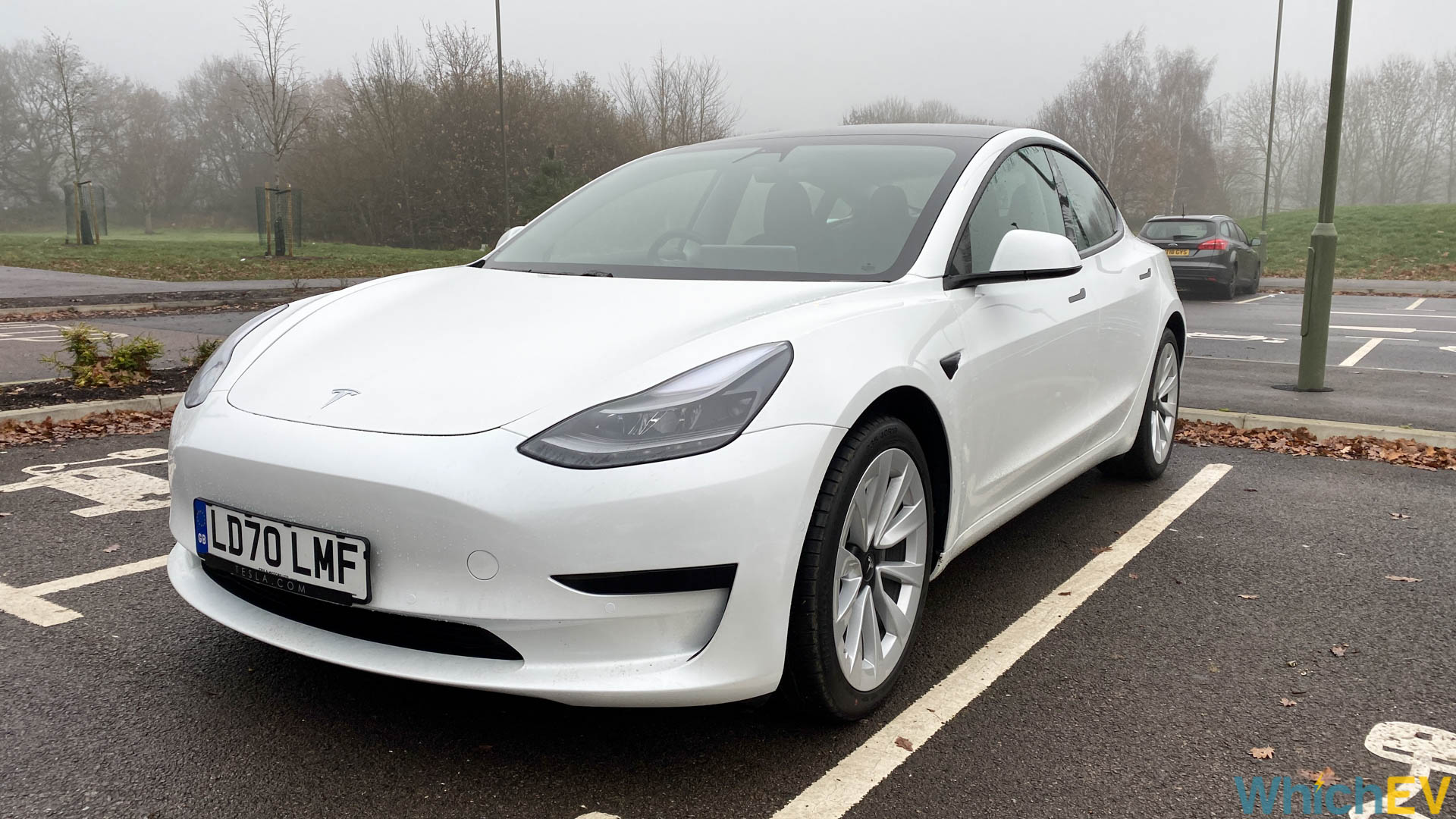
The latest Performance takes an unfeasible 3.1 seconds to hit 60mph, where the previous version took a more sedate 3.2 seconds. Very few petrol cars can match the acceleration of the Model 3 Performance. The BMW M5 Competition (which costs over £100,000) or a Porsche 911 GT3 take the same time to hit 60mph, and s 2014 Porsche 911 Turbo is 0.1 seconds slower. All EVs have impressively immediate torque, but Tesla takes that to a new level. The Standard Range Plus is rear-wheel-drive and isn’t quite as intense as the dual-motor versions, which really pin you to your seat as soon as the accelerator is pressed. But all Model 3s are quick.
They also handle well. The steering on the Standard Range Plus feels lighter than the other cars, due to the front wheels not being driven, but it’s also not so comfortable accelerating hard out of corners. The Standard Range Plus weights around 1.7 tons and the other two cars are 150kg heavier, which you do feel when cornering, but the all-wheel-drive of the dual-motor versions and torque vectoring provide loads of grip. But you still need to be careful on a slippery surface, with so much power available. Overall, every Model 3 is a fun drive, but the Performance is one of the best driver’s cars on the market, with the Long Range not far behind. It’s not quite as quick as a Model S but the smaller size and lower weight give it more responsive handling. The Model 3 feels extremely at home on fast but twisty UK A roads. It also sits very comfortably on the motorway, and once you get used to the adaptive cruise control with autosteer, you can let the car do most of the work on highways.
Range and Charging
The most significant result of the heat pump, and other enhancements, is a highly improved range across all three models. The Standard Range Plus’s 54kWh battery now delivers 267 miles of WLTP range instead of 254 miles; the Long Range has 360 miles instead of 348, and the Performance 352 instead of 329, from their 79.5kWh batteries. There was some discussion that the batteries were actually now bigger, which was hinted by Elon Musk, but this hasn’t been officially confirmed by Tesla.
Either way, these are excellent ranges. The Standard Range Plus now has plenty of competitors, even with its extended abilities, but the Long Range and Performance are only bettered by other cars from Tesla’s range. This is allied with Tesla’s excellent Supercharger network, which is one of the most extensive around, very fast, and exclusive to Tesla owners (for now). If you can find a 250kW V3 Supercharger (or one of IONITY’s 350kW ones), you can get back to 80% charge in 20 minutes in a Long Range or Performance. The Standard Range Plus only supports 170kW charging, so also takes 20 minutes to reach 80% despite its smaller battery.
All cars have 11kW AC charging. But if you use 7kW home charging, the Long Range and Performance take 12 hours to charge to 100%, and the Standard Range Plus 7 hours. You don’t get free Supercharging from Tesla anymore, but it’s still not that expensive, and you can pick up 1,000 miles of free usage by luring someone else to buy a Tesla with your code. In fact, if you use someone else’s code when you buy your car, you get 1,000 free Supercharger miles too.
Running Costs
Because Teslas are so efficient, they’re quite frugal on electricity too. The Long Range costs 3.1p a mile with a 14p per kWh supply, the Performance 3.16p per mile, and the Standard Range Plus a mere 2.83p per mile – one of the lowest figures we’ve seen. Of course, you do have to drive conscientiously to achieve this, and the speed available doesn’t make you want to do this, so the real cost is likely to be higher.
The warranty is decent if not outstanding. You get four years or 50,000 miles of basic guarantee (which is handy if the often-reported faults do occur to you). But the battery is healthily warrantied, with eight years for 70% capacity, and a 100,000-mile maximum for the Standard Range Plus, or an impressive 120,000 miles for the Long Range and Performance.
However, one area that will be more expensive is insurance. Even the Standard Range Plus is in group 48, and the other two cars are in group 50, so they will be pricey to insure. In fact, we’ve heard reports of some gobsmacking costs from some providers, so it’s definitely worth shopping around when insuring a Model 3. As with all EVs, you also won’t be paying any VED and zero benefit-in-kind (BiK) as a company car for the first year if purchased through a company.
Safety
Tesla hasn’t just been pushing the envelope for electric drivetrains. The company has also been trying to take the lead with safety tech. In fact, its fully autonomous driving system is already undergoing beta testing with select customers in the USA. We don’t get that in the UK yet but even the cars with the basic Autopilot have autosteer. This is another step up in cruise control. The Tesla system is adaptive as standard, meaning it detects the car in front and brakes automatically to maintain your distance. Enable autosteer, however, and the car will automatically keep you in the lane, including guiding itself around corners.
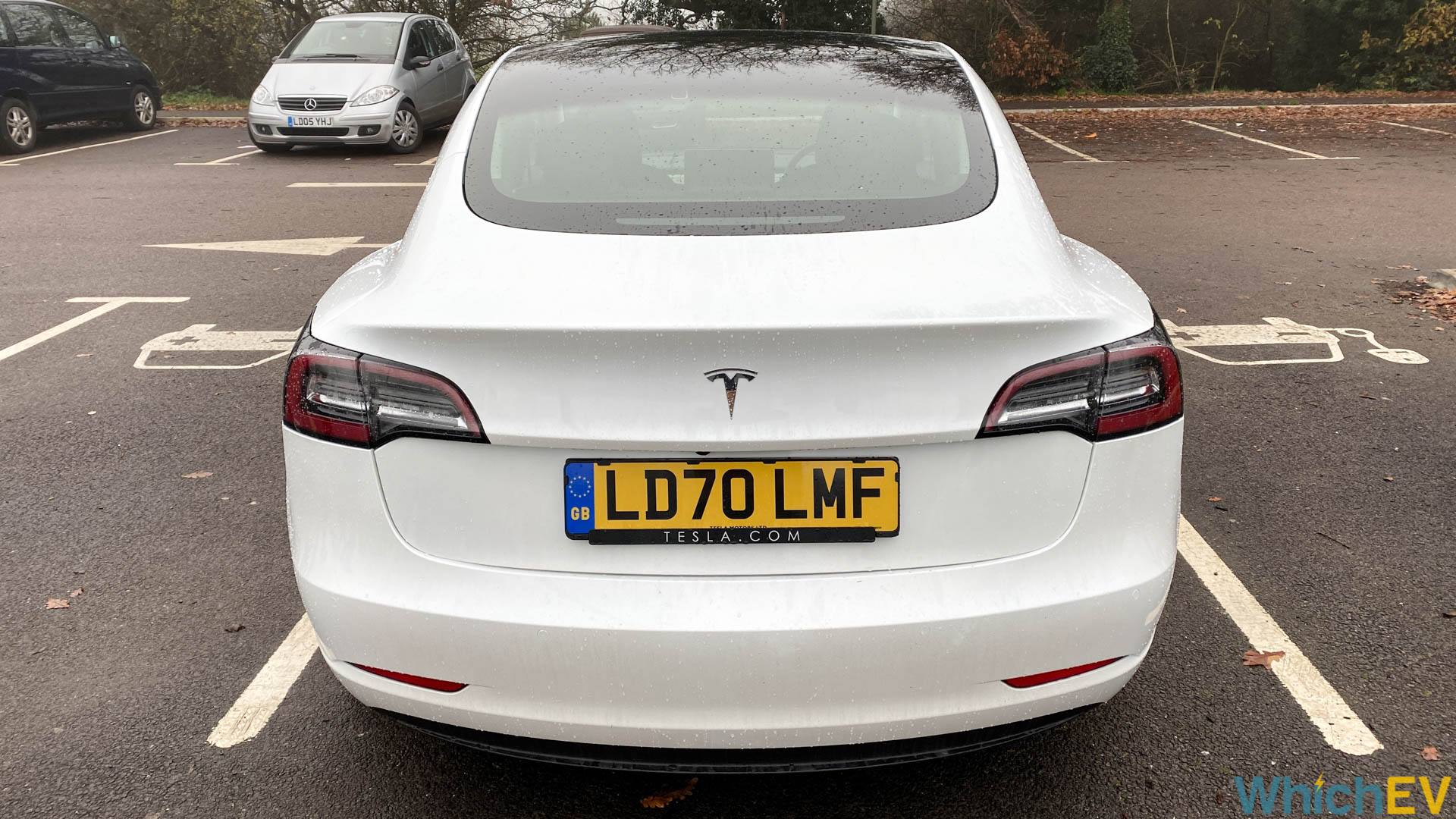
It takes some getting used to, but can save you irritation in traffic, particularly average speed zones. You can’t just take your hands off the wheel, however. In fact, the system regularly nags you to put your hands back on the wheel and give it a little jiggle to show you’re still awake. Euro NCAP doesn’t like this system, and gave Tesla fewer stars than some other brands with less advanced setups in its recent assessment of assisted driving tech. However, in other areas of NCAP’s testing the Model 3 has scored very highly indeed.
As already mentioned, whether you went for the Full Self-Driving option or not, the Model 3 has the hardware for it. All cars, this enables the usual abilities including automatic emergency braking, front and side collision warning, and obstacle-aware acceleration. There’s lane departure warning, blind spot monitoring, and emergency lane departure avoidance. Some of these are illustrated on the LCD screen with full 3D renderings of the vehicles around you. With the latest update, the Full Self-Driving option can even detect red traffic lights and stop you automatically.
| Price: | Standard Range Plus – £40,490; Long Range – £46,990; Performance – £56,490 |
| Range (WLTP): | Standard Range Plus – 267 miles; Long Range – 360 miles; Performance – 352 miles |
| Charge time (7.4kW): | Standard Range Plus – 7 hours; Long Range, Performance – 12 hours |
| Charge time (50kW, 80%): | Standard Range Plus – 40; Long Range, Performance – 60 minutes |
| Charge time (250kW, 80%): | 20 minutes |
| Battery: | Standard Range Plus – 54kWh; Long Range, Performance – 79.5kWh |
| On Board Charger: | 11kW |
| Cost per mile*: | Standard Range Plus – 2.83p; Long Range – 3.1p; Performance – 3.16p |
| 0-60mph: | Standard Range Plus – 5.3 seconds; Long Range – 4.2 seconds; Performance – 3.1 seconds |
| Top Speed: | Standard Range Plus – 140mph; Long Range – 145mph; Performance – 162mph |
| Power: | Standard Range Plus – 283hp; Long Range – 346hp; Performance – 450hp |
| Wheels driven: | Standard Range Plus – rear-wheel-drive; Long Range, Performance – all-wheel-drive |
| Cargo: | 425 litres, 1,140 litres with rear seats down |
*based on electricity costs of 14p per kWh






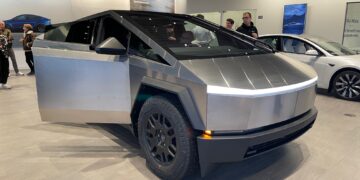

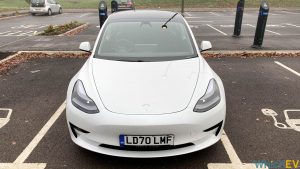

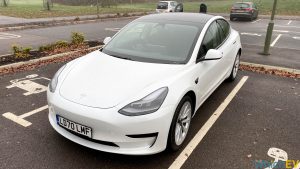


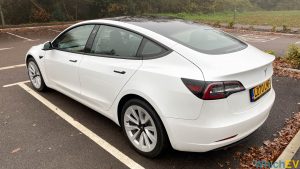
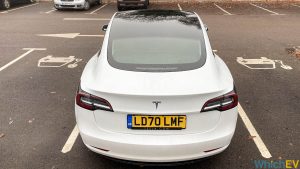
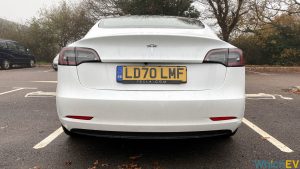
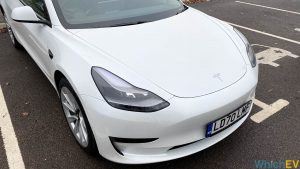
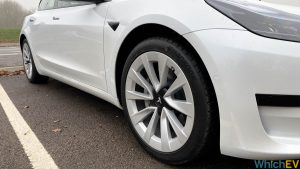
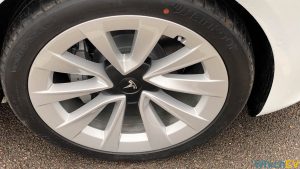
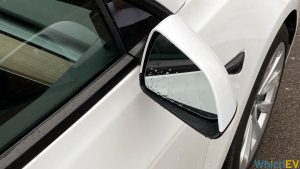
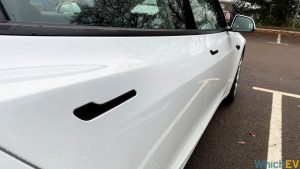
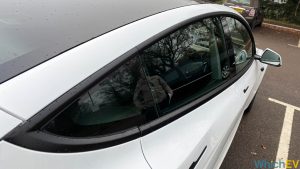


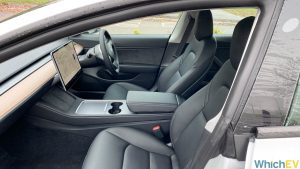
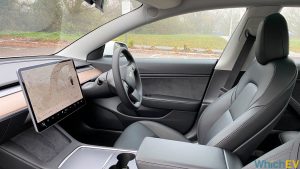
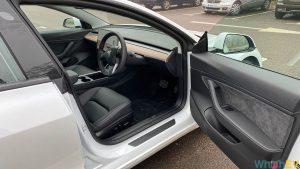

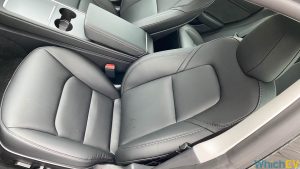
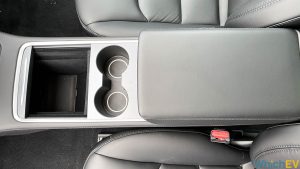
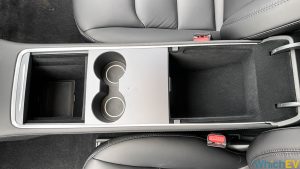

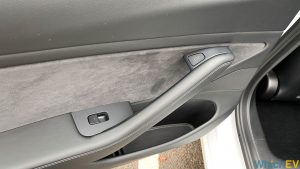

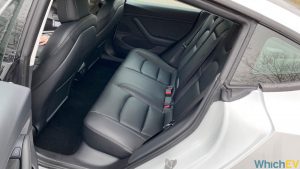
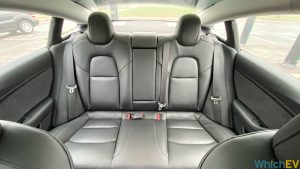
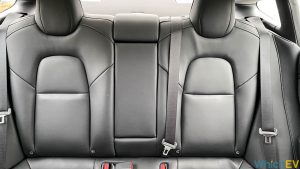
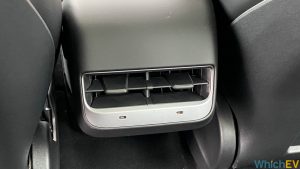





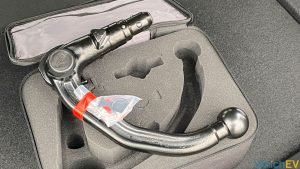
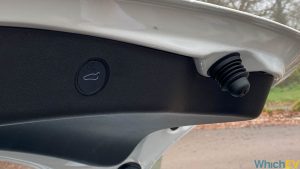

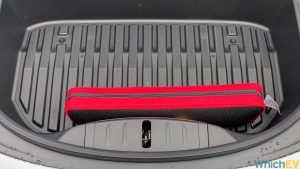


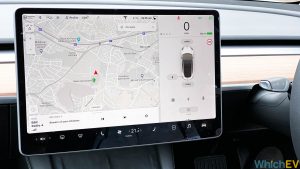
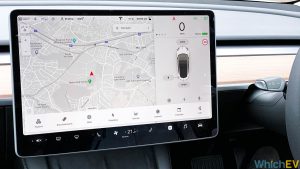

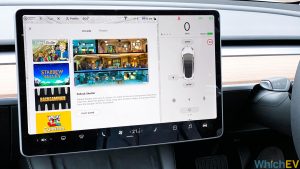

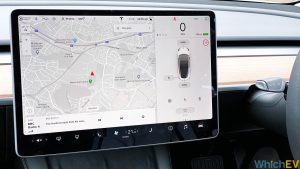
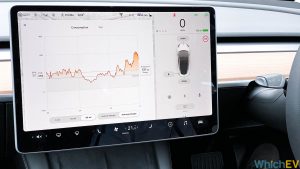
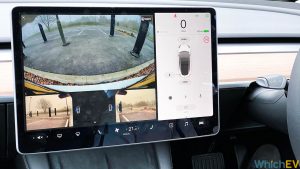

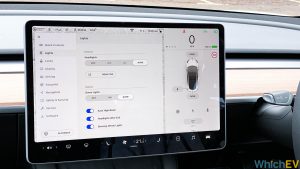
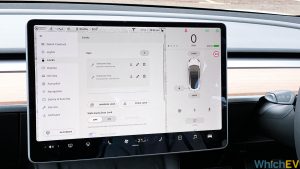
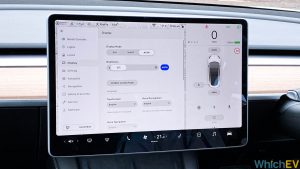


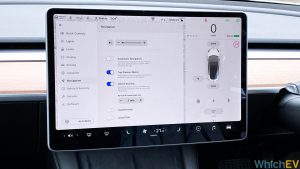















Discussion about this post